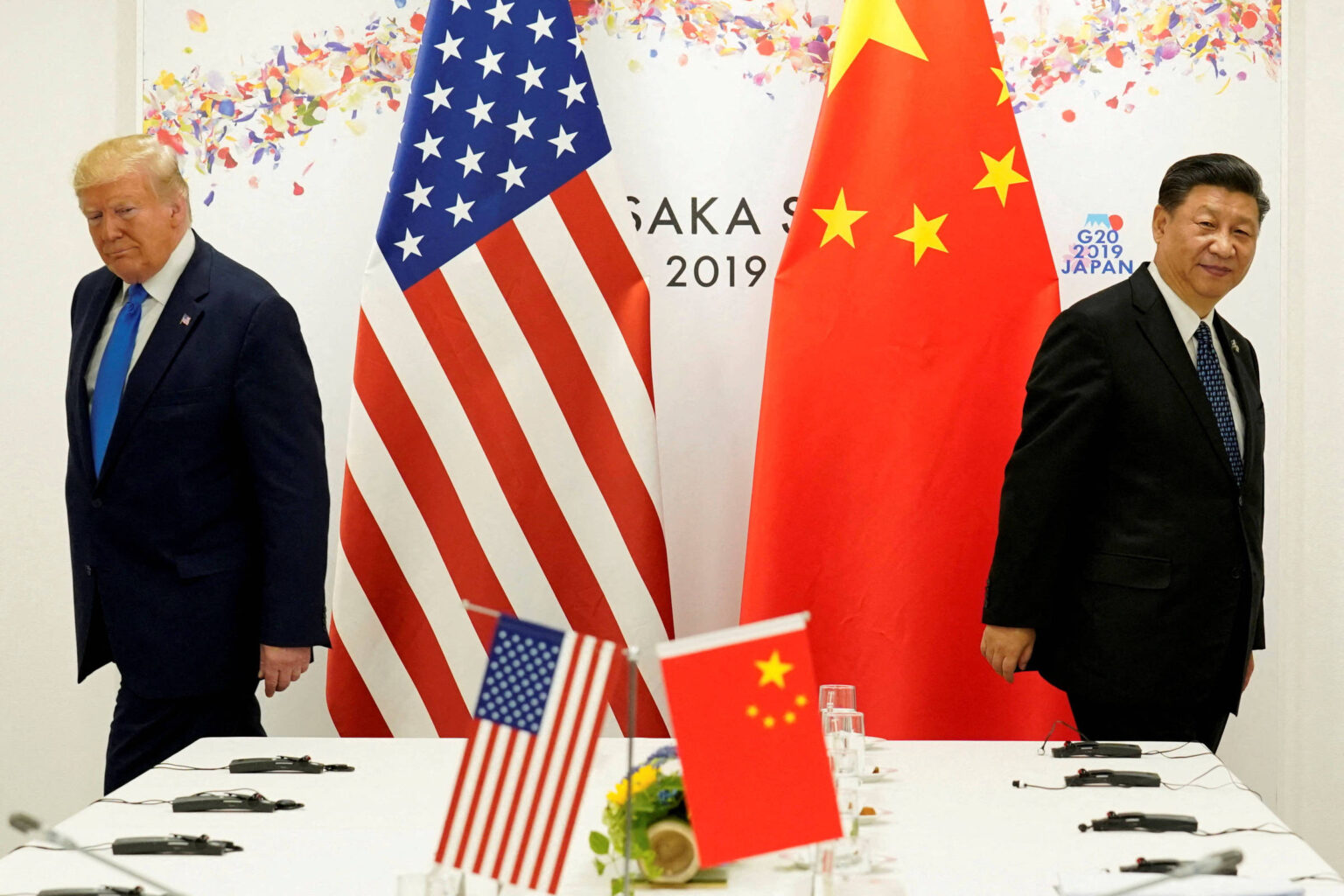
A trade war between the United States and China reached a new voltage levelexposing the strategic dependence on Washington of products and inputs controlled by Beijing. The analysis was published by Financial Times and reflected by RT Brazilwhich highlighted the recognition from the American president himself, Donald Trumpfrom which to imposing tariffs of up to 100% on Chinese products would be “unsustainable” given the current economic interdependence between the two powers.
Trump admits limits and tries to preserve relations with Beijing
Although he maintains his firm speech, Trump admitted that tariff pressure has limited scopeespecially in sectors in which the US depend almost entirely on China.
“We have a good relationship with Xi Jinping and I believe we can reach a fair agreement,” declared the president, referring to the next bilateral meeting between the two leaders.
For the Financial Timesthis speech indicates a shift in the White House’s stancereflecting the understanding that Beijing has more effective instruments for economic retaliation.
Analysts cited by the British newspaper point out that China has been diversifying its forms of influenceconcentrating-not control of critical inputs — how rare minerals and active pharmaceutical ingredients —, without relying exclusively on tariff measures.
Rare minerals: the most sensitive point in the American economy
Os rare earth minerals emerge as main vulnerability of the United States. At the beginning of the trade dispute, Trump believed that the trade balance favorable to China would give the US room for maneuver. However, replacing these products proved to be unfeasible in the short term.
These elements are essential for advanced technologies and military equipmentincluding satellites, communication systems, electric cars and, mainly, the F-35 fightersconsidered strategic for North American defense.
A China dominates more than 70% of global production of rare minerals and signaled export restrictions from Decemberaccording to the report. Experts consulted by Financial Times assess that a possible limitation could paralyze entire US military and technology industry chains.
This measure would, therefore, an unprecedented pressure instrumentwith the potential to strike directly at the heart of the American defense industrial complex.
Pharmaceutical dependence: risk to US public health
The vulnerability of the United States is not limited to the defense sector. According to estimates cited by Financial Times, around 700 medicines sold in the United States depend on inputs produced exclusively in China.
The list includes antibiotics, cancer treatments, medicines for heart disease, antiallergics and antiviralsbetween others. The scenario reveals that the US healthcare system is intrinsically linked to the Chinese production chainespecially in the supply of active pharmaceutical ingredients (IFAs).
This dependence puts the American government in position of strategic weakness if they occur export restrictions, sanctions or logistical disruptions. In a situation of geopolitical escalation, the scarcity of these inputs could generate immediate impacts on the hospital and pharmaceutical system.
Global interdependence and geopolitical risks
The trade war, which began with reciprocal tariffs on industrial and technological productsevolved into a scramble for critical supply chains. O Financial Times notes that, unlike the United States, China has structured long-term industrial policiesensuring self-sufficiency and control in strategic sectorslike clean energy, semiconductors and rare earth mining.
Beijing too intensified commercial partnerships with countries in Asia, Africa and Latin Americareducing its vulnerability to US sanctions and expanding its influence over global supply routes.
We racks, Trump tries to balance political rhetoric and economic pragmatism. The US government fears that an abrupt cut in Chinese imports cause inflation in the United Statesespecially in technology, medicines and renewable energysectors directly linked to domestic consumption and national security.
The dispute goes beyond tariffs
The confrontation between Washington and Beijing went beyond the commercial sphere and turned into geostrategic dispute for control of supply chains. For the Financial Times, Chinese dominance over critical sectors gives the country superior bargaining power than the North American in a possible negotiation.
The US reaction has been seek supplier diversificationespecially in allied countries in Asia and Latin America. However, replacing the Chinese industrial base is not viable in the short termgiven that rare mineral production and refining infrastructure took decades to build.
The Trump government, according to sources cited by Financial Timesstudy tax incentives for companies that relocate part of their productionin addition to new bilateral agreements to expand access to strategic natural resources outside Chinese territory.
Perspectives and future scenario
Analysts predict that the trade war will enter a phase of greater complexity in 2026, when Chinese export restriction measures begin to have concrete effects on the US industrial sector.
The impact could be particularly severe in areas of defense, clean energy and biotechnologywhere the technological and material dependence is deeper.
O Financial Times concludes that, given this situation, the White House will have to choose between tightening sanctions and running the risk of shortagesor seek agreements that reduce the political and economic cost of confrontation with Beijing.
“The trade war revealed that globalization did not disappear — it just changed direction”, summarizes an analyst interviewed by the newspaper. “Today, whoever controls the inputs controls the power.”
Source: https://www.ocafezinho.com/2025/10/21/eua-expostos-china-ameaca-cortar-minerais-e-medicamentos-e-deixa-washington-em-posicao-vulneravel-na-guerra-comercial/

